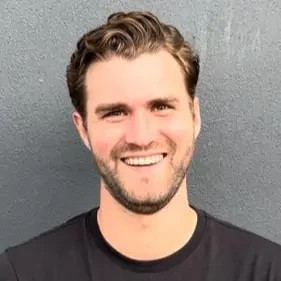f units sold increase by x% over x years, how do you calculate the ANNUAL growth rate? When an increase in units sold, for instance, is expected to occur over 5 years, how would you estimate the average annual growth rate? For context, I'm looking at a case problem right now, and the right answer seems to be:
“The projected increase to 65% market access is expected to occur over 5 years so it’s average annual growth over 5 years will most likely be something less than 8% per years"
I'm confused as to where the 8% came from and don't know what I'm failing to catch here. Just some insight into how the math part works would be super helpful. Any help would be appreciated, thank you guys so much.















